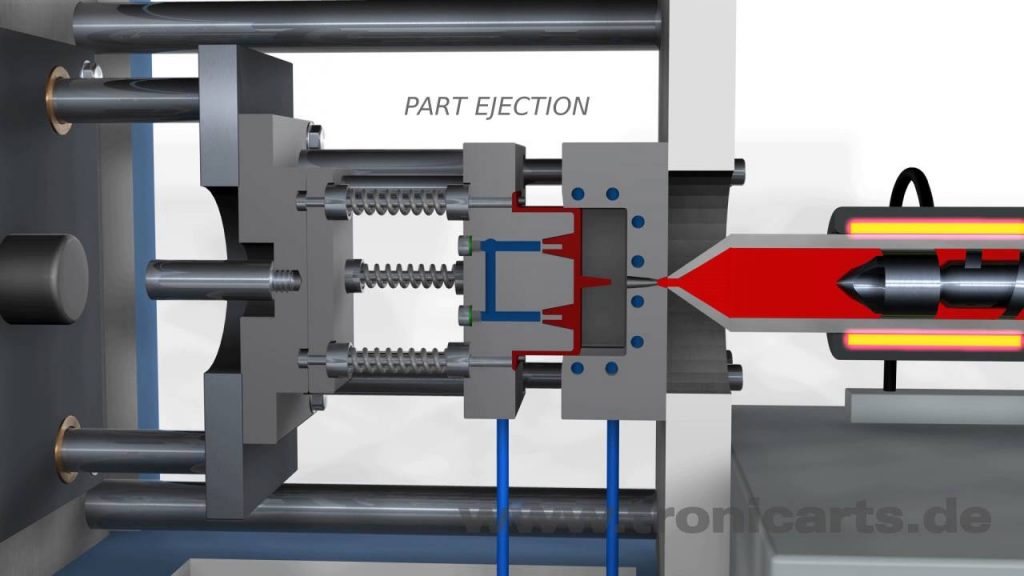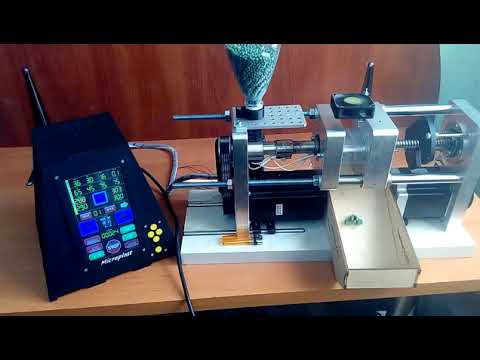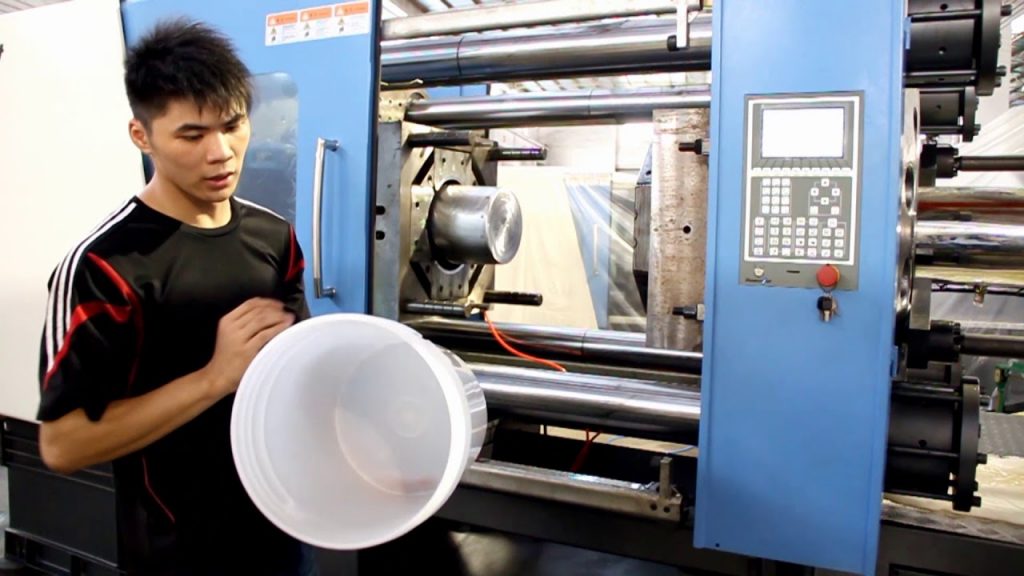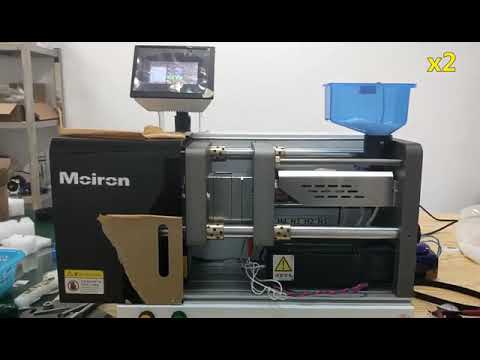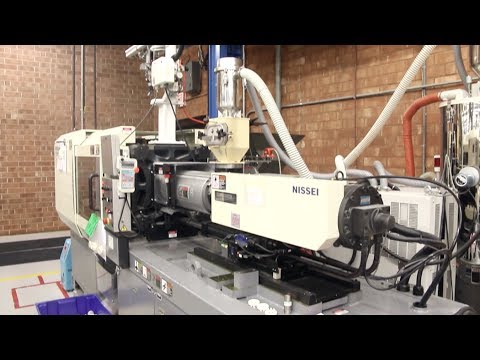Preventive Maintenance for Injection Molding Machines: Ensuring Efficiency and Longevity
Introduction: The Importance of Preventive Maintenance for Injection Molding Machines
As a sales engineer in the field of plastic injection machines, I have witnessed firsthand the impact of preventive maintenance on the performance and longevity of these machines. Injection molding is a critical process in the manufacturing industry, and any downtime or malfunction can result in significant losses. Therefore, it is crucial to implement a preventive maintenance plan to ensure the smooth operation of your injection molding machine.
In this article, we will explore the importance of preventive maintenance for injection molding machines and provide valuable insights to help you optimize your machine's performance.
The Significance of Preventive Maintenance for Injection Molding Machines
Injection molding machines are complex pieces of equipment that require regular maintenance to function optimally. Preventive maintenance aims to identify and address potential issues before they escalate into major problems. By conducting regular inspections, cleaning, and lubrication, you can significantly reduce the risk of unexpected breakdowns and extend the lifespan of your machine.
Here are some key benefits of implementing a preventive maintenance program for your injection molding machine:
1. Increased Efficiency: Regular maintenance helps to keep your machine running at peak performance. By addressing minor issues promptly, you can prevent them from escalating and impacting production efficiency. This ensures that your machine operates at its optimal capacity, resulting in higher productivity and reduced downtime.
2. Cost Savings: Investing in preventive maintenance can help you save money in the long run. By identifying and fixing potential problems early on, you can avoid costly repairs or the need to replace major components. Additionally, a well-maintained machine consumes less energy, leading to reduced operating costs.
3. Improved Product Quality: Injection molding requires precision and consistency to produce high-quality products. Regular maintenance ensures that your machine is calibrated correctly, preventing issues such as uneven mold filling, flash, or part defects. By maintaining a well-functioning machine, you can ensure consistent product quality and customer satisfaction.
4. Safety Assurance: Injection molding machines operate under high pressure and involve complex mechanisms. Regular maintenance helps to identify and rectify potential safety hazards, ensuring a safe working environment for machine operators. By adhering to safety standards and conducting preventive maintenance, you can minimize the risk of accidents and injuries.
Implementing an Effective Preventive Maintenance Program
Now that we understand the significance of preventive maintenance let's explore some key steps to implement an effective program for your injection molding machine:
1. Create a Maintenance Schedule: Develop a comprehensive maintenance schedule that includes regular inspections, cleaning, lubrication, and calibration. Consider the machine's usage, manufacturer's recommendations, and industry best practices while creating the schedule. Ensure that all maintenance tasks are clearly documented and assigned to responsible individuals.
2. Train Your Operators: Proper training plays a crucial role in maintaining machine performance. Train your operators on the correct operation and maintenance procedures, emphasizing the importance of preventive maintenance. Encourage them to report any abnormalities or concerns promptly.
3. Conduct Regular Inspections: Regularly inspect your injection molding machine for signs of wear, damage, or leaks. Check critical components such as nozzles, barrels, screws, and hydraulic systems. Replace any worn or damaged parts and address potential issues before they escalate.
4. Clean and Lubricate: Clean the machine thoroughly to remove any debris, residue, or contaminants that may affect its performance. Lubricate moving parts as per the manufacturer's recommendations to reduce friction and ensure smooth operation.
5. Monitor Performance: Keep track of key performance indicators such as cycle time, reject rates, and energy consumption. Regularly monitor and analyze these metrics to identify any deviations or trends that may indicate underlying issues.
6. Document and Analyze Maintenance Data: Maintain a detailed record of all maintenance activities, including dates, tasks performed, and any issues detected. Analyze this data to identify recurring problems and implement corrective actions accordingly.
Conclusion: Ensuring Longevity and Efficiency for Your Injection Molding Machine
Implementing a preventive maintenance program for your injection molding machine is crucial to optimize its performance, increase efficiency, and extend its lifespan. By investing time and resources in regular inspections, cleaning, and lubrication, you can minimize the risk of unexpected breakdowns, reduce operating costs, and improve product quality.
Remember, prevention is always better than cure when it comes to machine maintenance. So, prioritize preventive maintenance for your injection molding machine and enjoy the benefits of enhanced efficiency, cost savings, and improved product quality.
Check the coil packing solution with a leading manufacturer for a professional solution just here: [Insert relevant link] Plastic Injection Machine
"Efficient Maintenance Guide for Plastic Injection Molding Machines: Ensuring Optimal Performance and Longevity"

